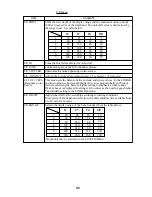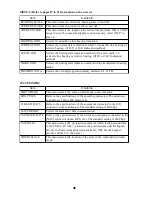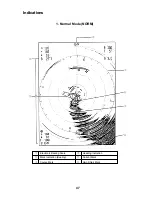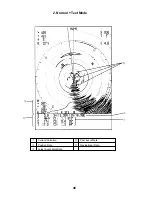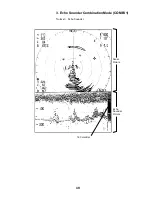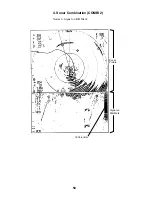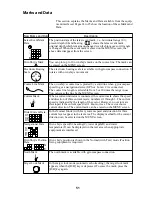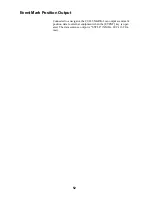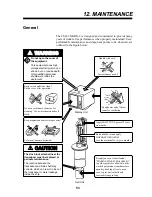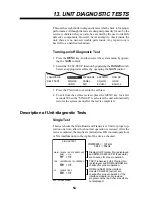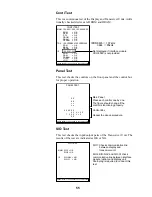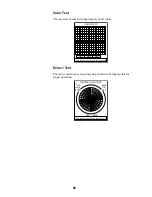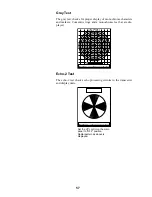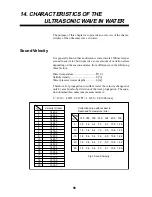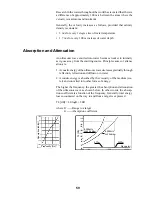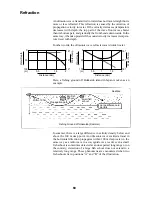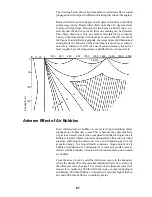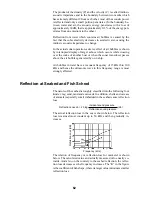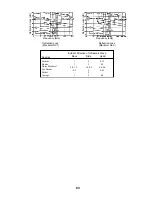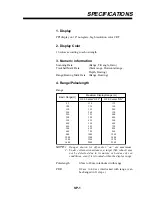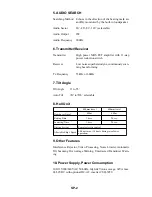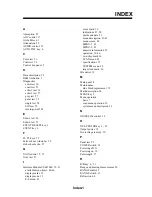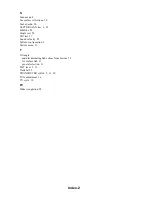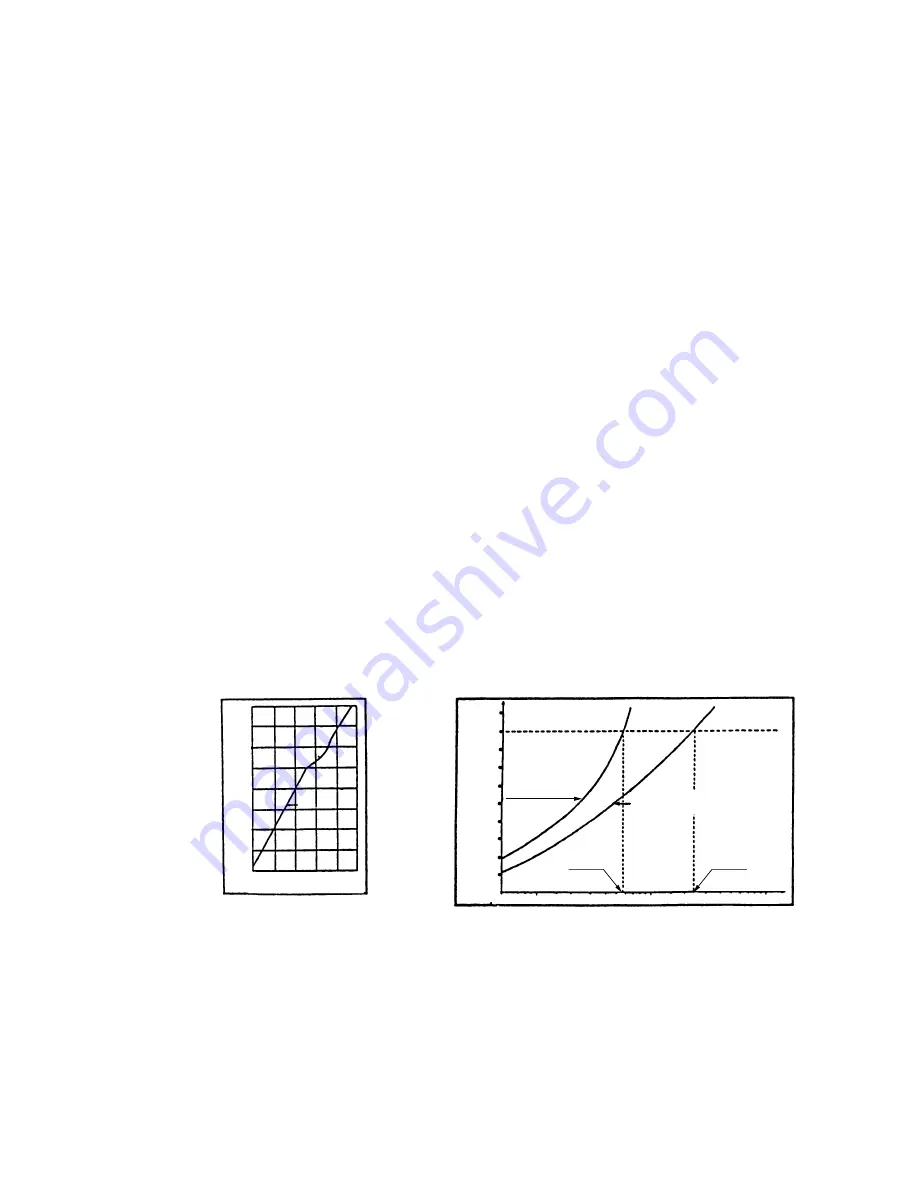
59
Research in the waters throughout the world has revealed that there is
a difference of approximately 100 m/s between the areas where the
velocity is maximum and minimum
Generally, the velocity increases as follows, provided that salinity
density is constant:
• 3 m/s for every 1 degree rise of water temperature
• 1.7 m/s for every 100 m increase of water depth
Absorption and Attenuation
An ultrasonic wave emitted into water becomes weaker in intensity
as it goes away from the emitting source. Principle causes of attenu-
ation are:
1. Acoustic energy of the ultrasonic wave decreases gradually through
reflection, refraction and diffusion in water.
2. Acoustic energy is absorbed by the viscosity of the medium (wa-
ter) and converted into other forms of energy.
The higher the frequency, the greater the absorption and attenuation
of the ultrasonic wave as shown below. In other words, the absorp-
tion coefficient is a function of the frequency. Generally, total energy
loss encountered on the way to and from a target is expressed
TL [dB] = 40 logR + 2
α
R
where R ----- Range to a target
α
----- Absorption coefficient
Absorption (db/km)
10000
1000
100
10
1
0.1
0.01
0.001
0.0001
5
°
c
10
2
10
3
10
4
10
5
10
6
10
7
Frequency (Hz)
160
150
140
130
120
110
100
90
80
70
60
50
100
1000
10000
f=200kHz
α
=64.5db/km
f=200kHz
α
=33db/km
570m
2400m
Range (m)
TL
(db)

